Lead Generation for Addiction Treatment Centers
Lead generation is the process of drawing and bagging the interest of clients, and in this such case, people struggling with substance use or their loved ones, who are seeking help. In the addiction treatment industry, lead means someone who expresses interest in treatment options via phone call, chat, or web form. The mission is to connect these people with the right facility or program that supports their healing journey. Lead generation requires a profound degree of responsibility in this addiction recovery landscape.
Generating leads for rehab centers includes handling sensitive situations. This means each interaction should be guided by ethical standards, professionalism, and compassion. Addiction treatment lead generation has different strict privacy and legal considerations. Regulations like TCPA and HIPAA require addiction treatment centers to ensure that consent is managed properly and protects personal health information. This is why lead generation for addiction treatment recovery centers builds trust.
Link Between Lead Generation & Addiction Treatment Facilities
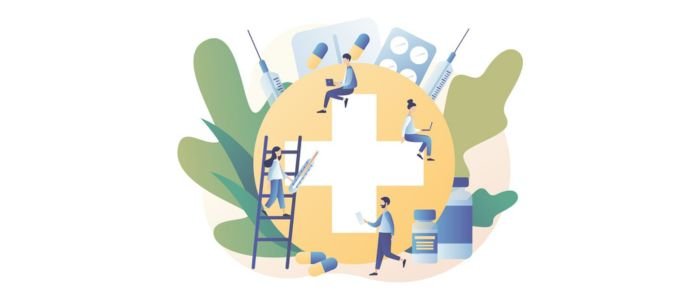
Each admission starts with a lead. Generating more leads means improving the chances of converting prospects into admissible patients. It is important to know that not every lead will become an admission, a fully structured intake process can enhance conversion rates. This is especially when dealing with time-sensitive circumstances like substance abuse crises. With more leads coming in, recovery facilities become more selective in tallying the right patients to the right programs. This improves satisfaction rates, boosts retention, and clinical outcomes.
|🧠As we covered in our in-depth guide to lead generation for addiction treatment centers, each admission starts with a lead.
Impact on Brand Reach, Capacity Utilization, & Revenue
Lead generation affects each key growth metric of an addiction treatment center.
- Brand Expansion: When more leads are generated and converted into happy customers, reputation, online reviews, and word-of-mouth grows naturally. This extends the recovery facility’s reach across national, regional and local audiences.
- Capacity Utilization: A constant flow of leads assist in maintaining hiked census levels. This optimizes resource utilization across therapy programs, housing, and staffing.
- Revenue Growth: Admissions mean billable treatment days, this improves funds circulation and covers operational costs.
Long-Term Patient Pipeline Development
Not every lead is ready to commit instantly. Some are at the start of decision-making or awareness. This is why facilities should nurture such leads via newsletters, educational content, emails, and follow-up calls. This keeps leads engaged until they are ready for treatment. This occurring pipeline guarantees stability. And over time, it builds a structured database of warmed up leads that teams can revisit.
The Direct Link to Growth and Success
Effect lead generation means growth and reaching more clients who need guidance and assistance towards recovery. These results are the effort of well-planned outreach and marketing strategies that focus on connecting with patients. Addiction treatment centers that invest in strong lead generation methods benefit from:
- Greater social impact
- More efficient operations
- Increased revenue
- Higher occupancy rates
5 Reasons Why Lead Generation Works for Addiction Recovery Facilities
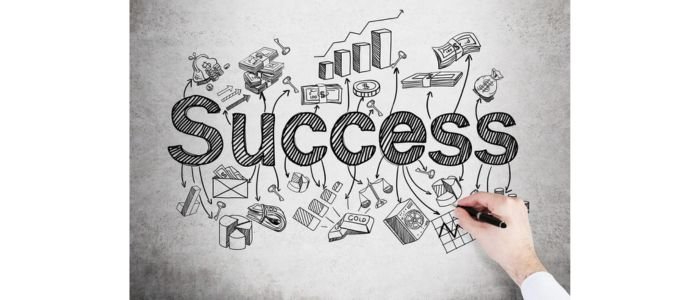
Data-Driven Decision Making
Potent lead generation provides valuable insights. By tracking which inquiries convert to admissions, what channels perform best, and where leads come from, recovery centers get important data that can help in enhancing program development, staffing, and future marketing. This data also helps addiction recovery facilities in the following ways:
- Plan resources for forecasted admissions
- Optimize admission process for higher conversions
- Understand the needs and demographics of their audience
- Identify the effective marketing channels
Competitive Advantage in a Tough Market
With more addiction recovery facilities opening each year, standing ahead is crucial. Strategic lead generation allows recovery centers to rise above the noise. Whether it is outstanding user experience, niche targeting, or unique messaging, solid lead generation empowers facilities with a competitive edge in reputation and visibility.
Sustaining Operations and Filling the Census
Addiction recovery facilities cannot get through without patients. High fixed costs like licensing, utilities, and staff salaries, makes it difficult to keep the census full. A consistent flow of qualified leads makes sure that there is always someone in the funnel that reduces financial stress and downtime.
Building Credibility and Trust
Lead generation is about showing up with authority. Prompt responses, clear contact options, helpful blog content, and a well-maintained website helps in building credibility. Patients want to know they are reaching out to a place that is trustworthy, caring, and competent.
Reaching Those in Need
Many clients search for addiction treatment programs in a moment of crisis. Lead generation strategies, like pay-per-call campaigns, targeted ads, and SEO ensures that your addiction recovery facility is visible at that exact moment.
Lead Generation Strategies for Addiction Recovery Facilities: Inbound vs. Outbound
For addiction recovery facilities, lead generation is about reaching people. The right strategies allows centers to connect with people and their families looking for help, while also building professional, ethical, and strong reputation in the addiction treatment space. When it comes to generating leads, most fall in 2 categories: inbound and outbound. Understanding the difference and knowing how to apply each one is the key to sustainable growth, steady admissions, and greater impact on those battling with addiction.
Inbound Lead Generation Strategies for Addiction Treatment Centers
Let patients find you where they are ready
Inbound lead generation is about attracting patients when they are seeking help. These are people or families who look for information online, support, or treatment options. The goal is to meet them at that very moment via social platforms, videos, blogs, and search engines. This is done by providing content that encourages them to take the first step and builds trust.
Content Marketing: Engage, Empathize, Educate
Content marketing is the basis of inbound lead generation. If done right, it shows your center as a source of expertise and hope.
- Articles and Blog Posts
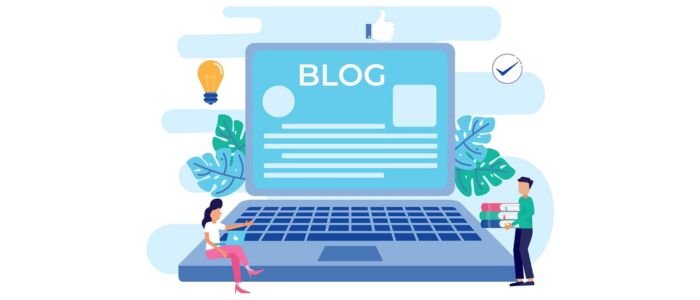
Publishing practical, empathic, and informative content allows addressing the concerns and questions the audience is researching. Articles improve your site’s visibility in search engines when combined with solid SEO practices.
- Gated Content (Webinars, Guides, eBooks)
Offering resources like webinars or e-books for trading contact information is an effective way to get warm leads. Such content should be compassionate and professional that offers value to someone making a hard decision.
- Video Content
This content type will rule the lead generation since it makes emotional connections. Short clips featuring real-time testimonials, explaining treatment options, introduction of your staff, or touring your facility. Video content provides a glance of your care experience, eases fears, and shows how treatment works.
- Infographics
This is an underrated marketing approach that can distill tangled information, like relapse statistics, detox process, or treatment timelines – into visually engaging and clear formats. These are excellent for sharing on social media platforms allowing viewers to remember and absorb your message.
SEO (Search Engine Optimization)
When someone looks up the internet for ‘opioid detox [city name]’ or ‘alcohol rehab near me’, your site must be the one they should see first. SEO can make this happen.
- Keyword Research
First, know what the audience is typing in the search engine and focus on high-intent keywords, like ‘Christian recovery center near me’, ’24/7 addiction helpline’, or ‘drug rehab [city name]’. These phrases mean the person has an interest to act.
- On-Page SEO
Ensure the site’s content is well-structured and has optimized meta descriptions, relevant keywords, and clear headers. Every treatment service page must include a CTA (call-to-action) and answer common questions.
- Local SEO
Location matters for addiction recovery facilities. Optimizing and claiming your GBP (Google Business Profile) is important. Encourage clients to leave reviews and add accurate photos of your center, service areas, name, address and contact details. This information should be consistent across listings and directories.
- Technical SEO
Your website should offer a smooth user experience, work well on mobile, and load fast. Complicated forms, slow pages, and broken links can drive away leads.
Pay-Per-Call Advertising
PPCall is a powerful inbound lead generation strategy where your addiction treatment facility will only pay for incoming calls generated via advertising campaigns. These campaigns include call marketplaces, affiliate networks, Bing Ads, or Google Ads. These are calls from people who are looking for help, most of them are the highest-intent leads.
Pay-per-call is valuable for addiction recovery facilities due to its human connection and immediacy. People in such a crisis want to speak to someone on the call instead of filling out a form. According to Zoom, people want to ask questions and explain issues clearly over phone calls. With proper intake training and call routing, these calls convert at a higher rate compared to web leads.
Pay-per-call allows you to filter calls by specific keywords, call duration, time, and location. This ensures that you only pay for relevant and qualified leads. It is a scalable and cost-effective strategy to keep the census full and the phones ringing.
Paid Advertising (PPC)
Paid ads offer instant visibility unlike organic traffic that takes ages to build.
- Google Ads
This is another effective tool for addiction recovery centers. You can target high-intent and specific keywords to reach people who want to take action.
- Social Media Ads
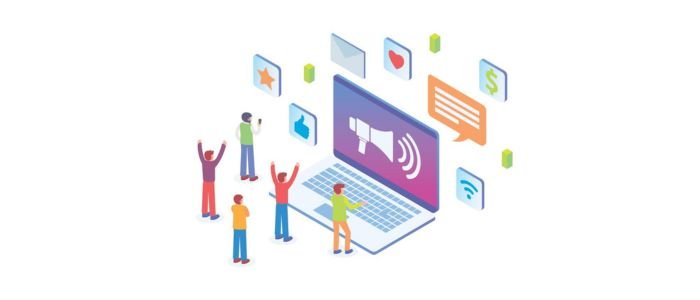
Platforms like Facebook and Instagram help you to reach people based on demographics, behaviors, and interests. For addiction treatment centers, ads should be designed carefully to respect ethical, sensitivity, and privacy boundaries. These are best for promoting general awareness, family education webinars, and free assessments.
- Remarketing
This targets visitors/users who visited the social media page or website but did not convert. Show them supportive and gentle ads to encourage them to return and remind them of your services.
Social Media Marketing
Social media platforms help addiction recovery centers to become a part of a larger conversation all around sobriety and healing.
- Platform Selection
Facebook is an appropriate platform because of its wide demographic reach, live events, and group features. LinkedIn is somewhat useful for creating referrals and professional networking and YouTube or TikTok is great for posting educational video content.
- Engaging Content
Post content that fosters hope and trust. Being active on social media positions your center as an accessible and caring resource, builds loyalty, and generates qualified leads.
- Ethical Considerations
Prioritize privacy and dignity along with consent of any patient featured. Avoid using fear-based marketing or exploiting emotional pain.
Outbound Lead Generation Strategies for Addiction Treatment Centers
Create opportunities and reach out
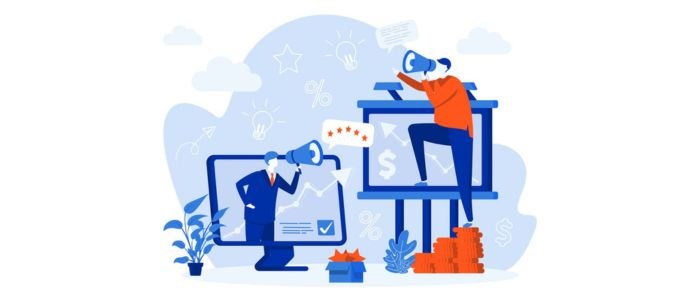
Outbound lead-gen strategies involve you reaching out clients directly or referrers. This method works well in targeting professionals who have the ability to funnel leads your way and building long-term referral networks.
Referral Partnerships
Producing trust-based referral relationships is a sustainable and priceless outbound strategy.
- Healthcare Professionals
Partnering with clinics, emergency room staff, mental health counselors, or doctors can benefit in a reliable source of referrals. Ensure they understand the type of patients you are suited to help, insurance acceptance, and your services.
- Alumni Networks
Successful and happy alumni are trustworthy advocates. They can participate in community events, leave testimonials, or refer family or friends. Alumni programs opens the opportunity for recovery centers to provide post-treatment.
- Community Organizations
Partner with local support groups, nonprofits, schools, or religious institutions. Offer free consultations or host workshops to establish your presence as a true-blue community member.
Direct Engagement and Cold Outreach
Direct outreach works when handled professionally and respectfully.
- Email Outreach and Cold Calling
This includes case managers, therapists, or clinics who work with individuals with active addictions. The key is to offer support to their clients when needed, highlight your specialties, and educate them to introduce your services.
- Outreach to Call Marketplaces and Aggregator Platforms
Call marketplaces and aggregator websites generate a high volume of addiction-related leads and inquiries. Partnering with such platforms can give you access to verified and warm leads.
Final Thoughts
For addiction rehabilitation and healing, lead generation is about being there where someone wants help. Every lead is a life in motion. When you unite dignity with data and compassion with strategy, lead generation becomes fully functional. It becomes an overpass between possibility and pain. There are many tools; pay-per-call, SEO, outreach, partnerships, but the mission is one, serve, support, and connect. Each path to recovery starts with a conversation. You have to ensure you are there to answer when it kicks off.
FAQs
Which lead generation strategy works best for addiction recovery facilities?
A hybrid model works best. Inbound strategies like pay-per-call, content marketing, and SEO allows you to build long-term trust and attract people looking for treatment. Outbound lead-gen methods like direct outreach and referral partnerships create consistent lead flow and strong human connection. Using these together forms a scalable, ethical, and balanced system that supports the center’s goal to and drive steady admissions.
What is lead generation support?
Lead generation support allows addiction recovery facilities to capture interest from individuals seeking treatment by collecting contact information via phone calls, chats, or forms. The goal is to turn interests into admissions.
Which marketing channel generated the most qualified leads?
Pay-per-call, click-to-call ads, and SEO-powered landing pages deliver high-intent and high-quality leads.
Do pay-per-call ads work for addiction recovery facilities?
Yes. These ads drive phone-based, real-time inquiries with high intent, best for crisis-driven admissions.
How to track ROI from lead generation efforts?
Monitor admissions, conversion rates, call duration, and cost per lead. Compare these to lifetime value to assess ROI and revenue.
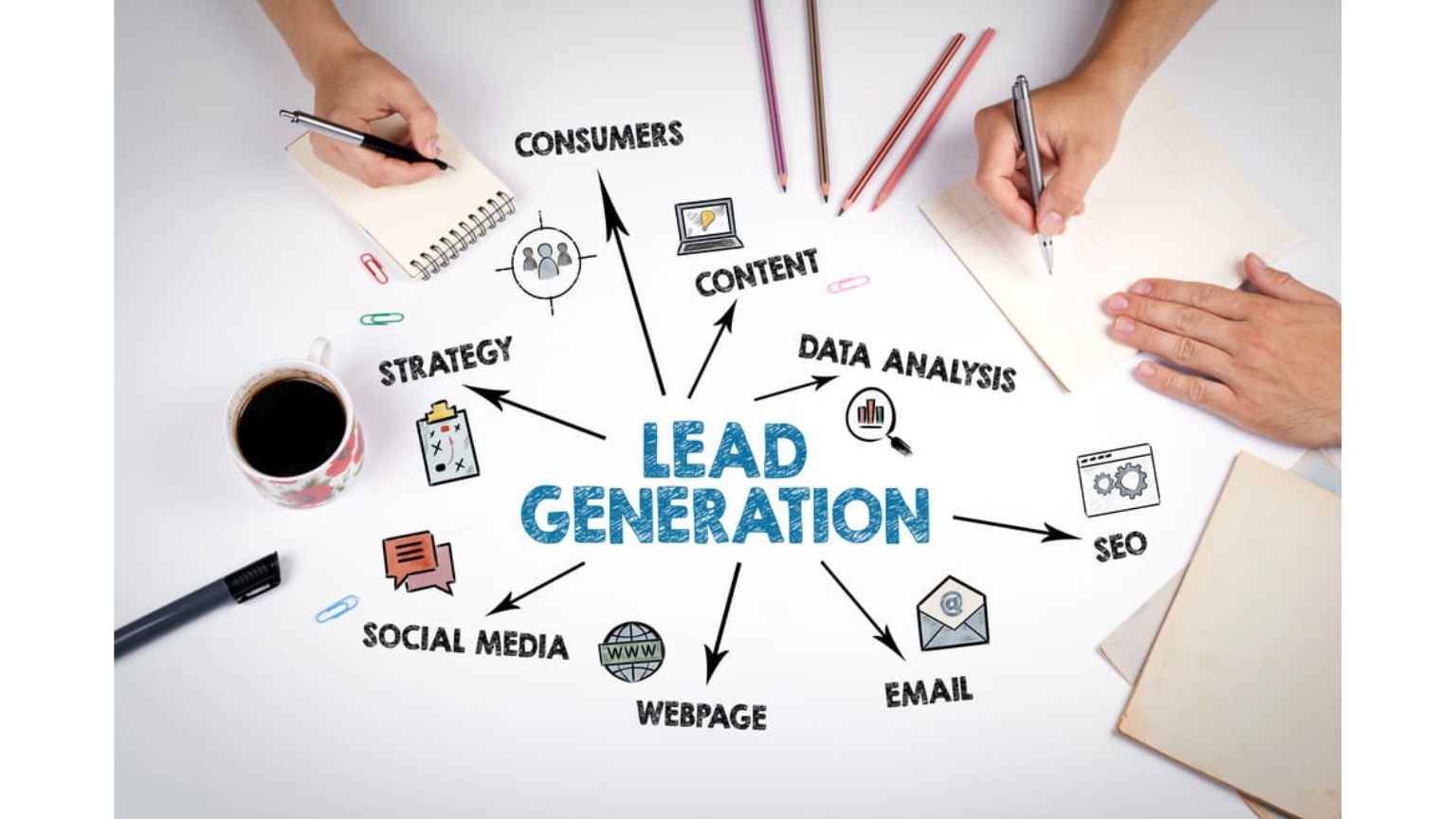

Leave a Reply